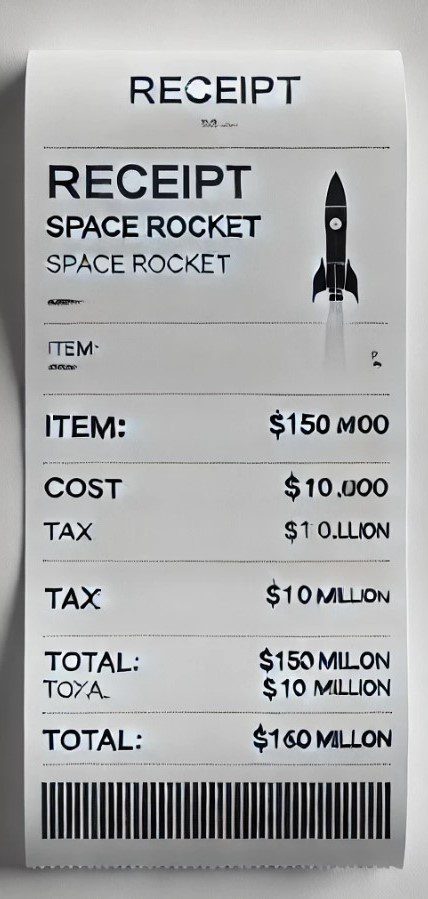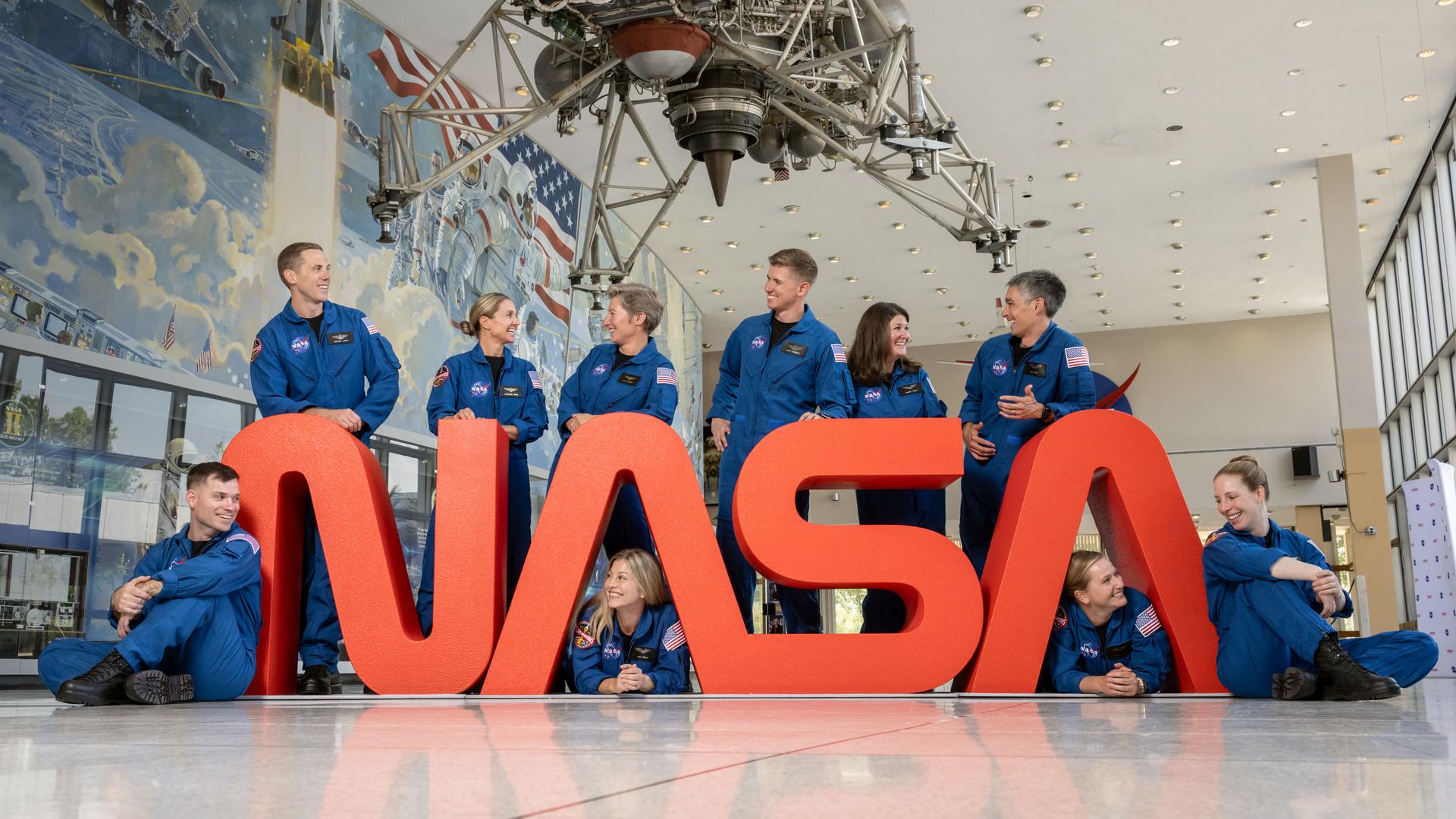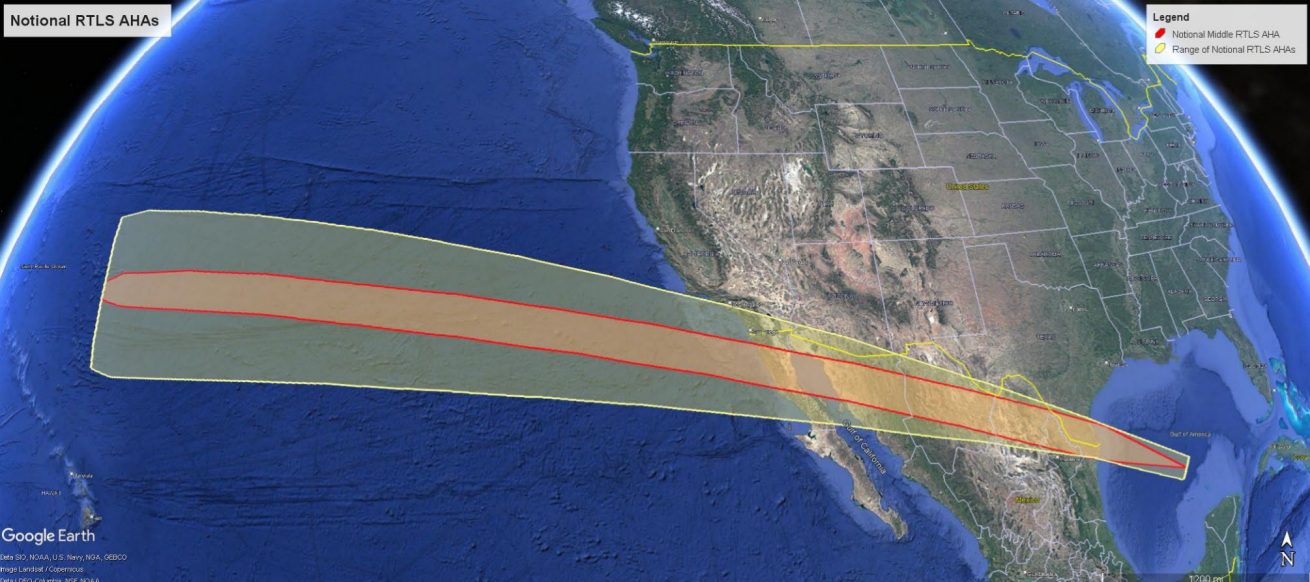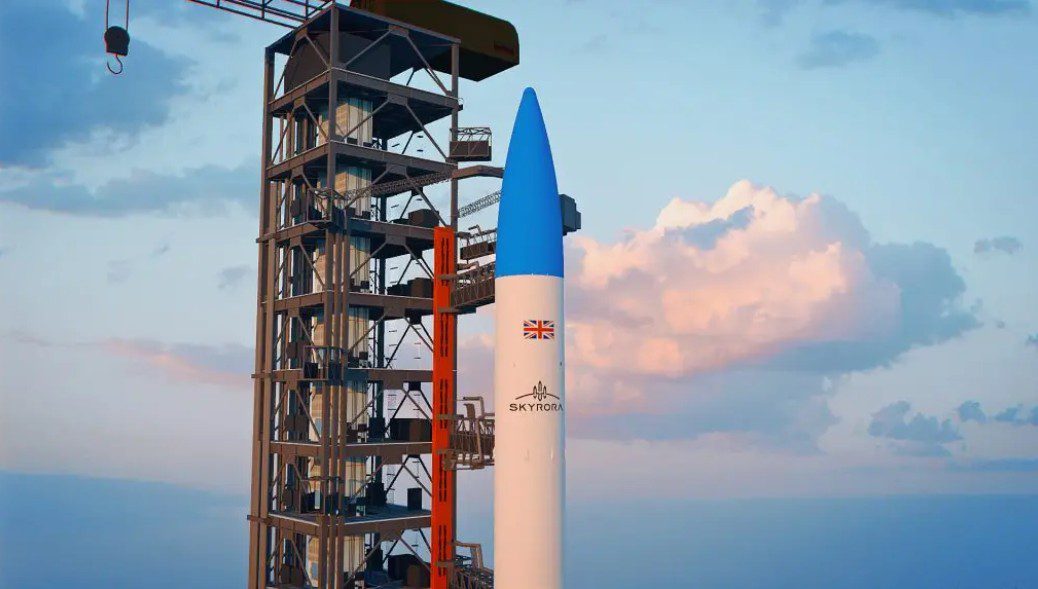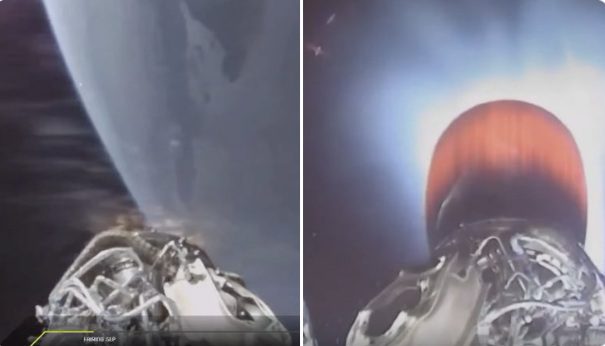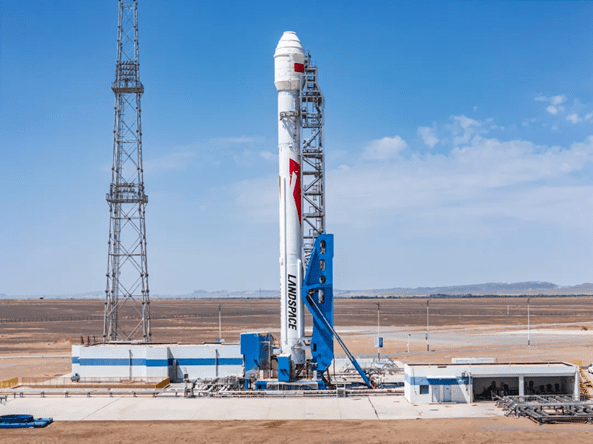Greg Wyler, founder and Chairman, of the revolutionary OneWeb communications satellite constellation made a presentation on its technology and prospects at the Royal Aeronautical Society in London on 22 February.
The idea of the constellation is to provide mobile communications satellite services from a low Earth orbit constellation of hundreds of satellites. Such a configuration avoids the problems with “latency” (signal delay) and low signal strength that users tend to suffer when using communications satellites located in the much higher geostationary orbit. The initial OneWeb constellation of up to 900 satellites including spares will begin to be launched from 2018.
A particularly intriguing part of Wyler’s presentation was on OneWeb’s ambitions for a second-generation constellation. This new constellation will begin launching in 2022. It is targeted to have a total transmittable capacity of one Petabit per second (Pbps) which is equivalent to about 1 million gigabits (Gbps), and over 100x greater than the capacity of the first constellation which is said to be near seven terabits (Tbps) .
Another key part of Greg Wyler’s presentation was on the responsible use of space. It was clear that this is a very important cause to Wyler, as he stressed the reliability and redundancy of his new OneWeb satellites. Pro-active, de-orbit plans are also part of OneWeb’s commitment to keep space clear. They plan to de-orbit all of their satellites within 2 to 5 years after their retirement.


